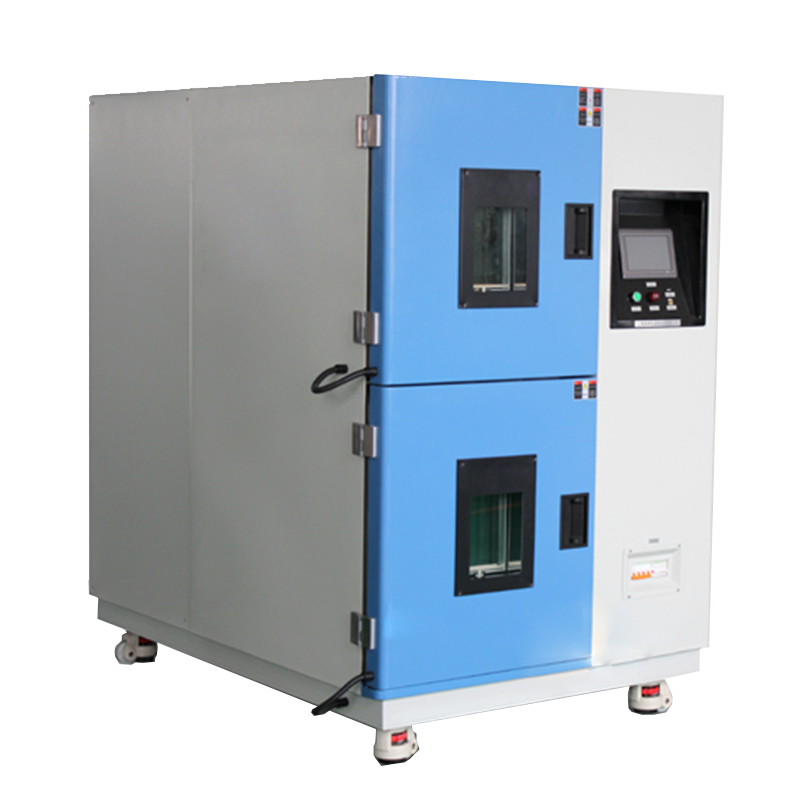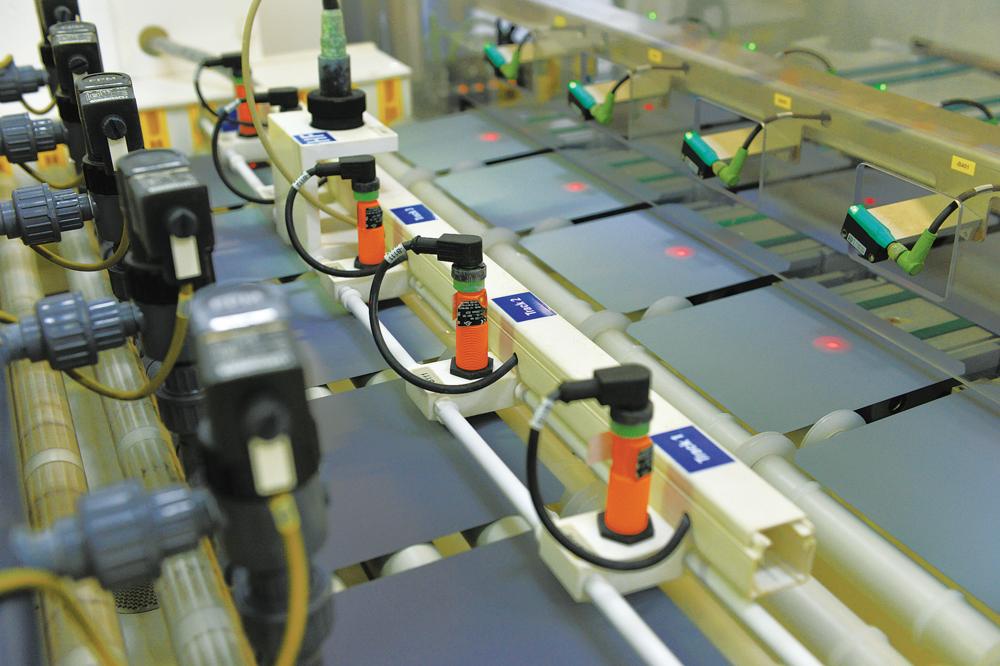The high-low temperature shock test chamber (also known as the constant temperature shock test chamber) is an experimental device used to test the performance of samples under high and low-temperature conditions. Its working principle is to quickly heat up or cool down the samples within a specified temperature range and then measure the changes in the samples. This type of test is usually used to examine the behavior of materials, products, or components under extreme temperature conditions to evaluate their temperature resistance.
The applicability of the high-low temperature shock test chamber can be seen from the following aspects:

-
Test temperature range: The temperature range of the high-low temperature shock test chamber determines the temperature range of the materials it can be used to test. Generally, the wider the temperature range of the high-low temperature shock test chamber, the more extensive its applicability.
-
Temperature change rate: The temperature change rate that the high-low temperature shock test chamber can simulate is also a factor affecting its applicability. If the temperature change rate is slow, it is suitable for testing materials with a slow temperature change rate, and vice versa.
-
Temperature control accuracy: The temperature control accuracy of the high-low temperature shock test chamber is also a factor affecting its applicability. If the temperature control accuracy is high, it is suitable for testing materials with high temperature sensitivity, and vice versa.
-
Test environment: The test environment of the high-low temperature shock test chamber is also a factor affecting its applicability. If the test environment is harsh, it is suitable for testing materials that are more tolerant of harsh environments, and vice versa.
Generally, the wider the applicability of the high-low temperature shock test chamber, the more expensive it is. Therefore, it is necessary to be careful when selecting a high-low temperature shock test chamber.













